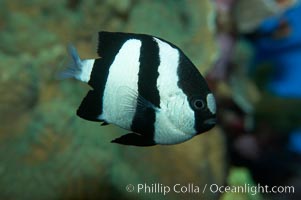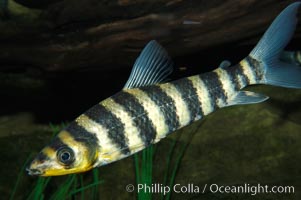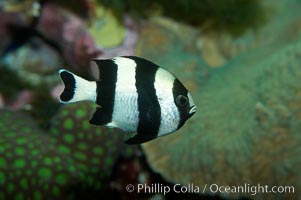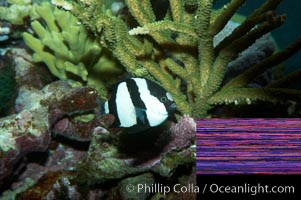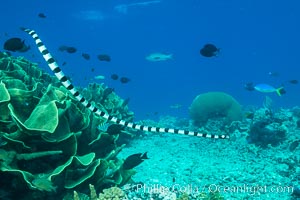
Sea snake, banded sea krait, Nigali Pass on Gao Island, Fiji.
Species: Cabbage coral, Tubinaria reniformis, Cabbage coral, Turbinaria reniformis
Location: Nigali Passage, Gau Island, Lomaiviti Archipelago, Fiji
Image ID: 31535
Species: Cabbage coral, Tubinaria reniformis, Cabbage coral, Turbinaria reniformis
Location: Nigali Passage, Gau Island, Lomaiviti Archipelago, Fiji
Image ID: 31535
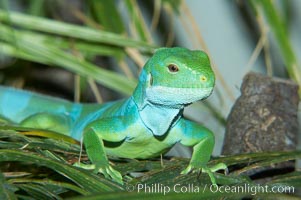
Banded iguana, male. The bands of color on the male of this species change from green to either blue, grey or black, depending on mood. Females are usually solid green, ocassionally with blue spots or a few narrow bands.
Species: Banded iguana, Brachylophus fasciatus
Image ID: 12612
Species: Banded iguana, Brachylophus fasciatus
Image ID: 12612
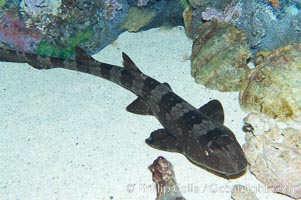
Whitespotted bamboo shark.
Species: Whitespotted bamboo shark, Chiloscyllium plagiosum
Image ID: 14963
Species: Whitespotted bamboo shark, Chiloscyllium plagiosum
Image ID: 14963
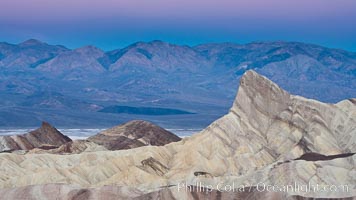
Zabriskie Point, sunrise. Manly Beacon rises in the center of an eroded, curiously banded area of sedimentary rock, with the Panamint Mountains visible in the distance.
Location: Zabriskie Point, Death Valley National Park, California
Image ID: 15585
Location: Zabriskie Point, Death Valley National Park, California
Image ID: 15585
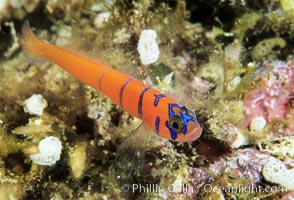
Bluebanded goby, Catalina.
Species: Bluebanded goby, Lythrypnus dalli
Location: Catalina Island, California
Image ID: 04742
Species: Bluebanded goby, Lythrypnus dalli
Location: Catalina Island, California
Image ID: 04742
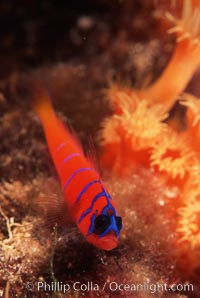
Bluebanded goby, Catalina.
Species: Bluebanded goby, Lythrypnus dalli
Location: Catalina Island, California
Image ID: 05149
Species: Bluebanded goby, Lythrypnus dalli
Location: Catalina Island, California
Image ID: 05149
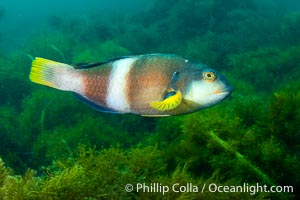
Bluethroat Wrasse, Notolabrus tetricus, Adult Male, Kangaroo Island, South Australia.
Species: Bluethroat Wrasse, Notolabrus tetricus
Location: Kangaroo Island, South Australia
Image ID: 39227
Species: Bluethroat Wrasse, Notolabrus tetricus
Location: Kangaroo Island, South Australia
Image ID: 39227
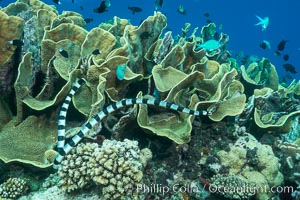
Sea snake, banded sea krait, Nigali Pass on Gao Island, Fiji.
Species: Cabbage coral, Tubinaria reniformis, Cabbage coral, Turbinaria reniformis
Location: Nigali Passage, Gau Island, Lomaiviti Archipelago, Fiji
Image ID: 31731
Species: Cabbage coral, Tubinaria reniformis, Cabbage coral, Turbinaria reniformis
Location: Nigali Passage, Gau Island, Lomaiviti Archipelago, Fiji
Image ID: 31731
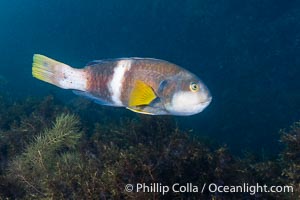
Bluethroat Wrasse, Notolabrus tetricus, Adult Male, Kangaroo Island, South Australia.
Species: Bluethroat Wrasse, Notolabrus tetricus
Location: Kangaroo Island, South Australia
Image ID: 39238
Species: Bluethroat Wrasse, Notolabrus tetricus
Location: Kangaroo Island, South Australia
Image ID: 39238
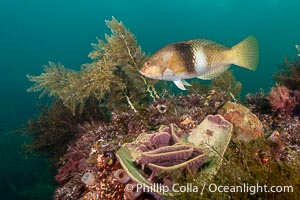
Bluethroat Wrasse, Notolabrus tetricus, Adult Female, Kangaroo Island, South Australia.
Species: Bluethroat Wrasse, Notolabrus tetricus
Location: Kangaroo Island, South Australia
Image ID: 39259
Species: Bluethroat Wrasse, Notolabrus tetricus
Location: Kangaroo Island, South Australia
Image ID: 39259
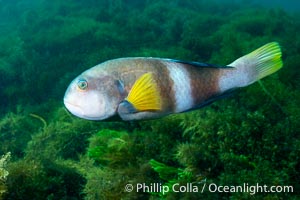
Bluethroat Wrasse, Notolabrus tetricus, Adult Male, Kangaroo Island, South Australia.
Species: Bluethroat Wrasse, Notolabrus tetricus
Location: Kangaroo Island, South Australia
Image ID: 39273
Species: Bluethroat Wrasse, Notolabrus tetricus
Location: Kangaroo Island, South Australia
Image ID: 39273
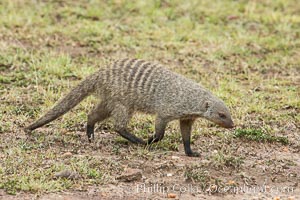
Banded mongoose, Maasai Mara, Kenya.
Species: Banded mongoose, Mungos mungo
Location: Maasai Mara National Reserve, Kenya
Image ID: 29847
Species: Banded mongoose, Mungos mungo
Location: Maasai Mara National Reserve, Kenya
Image ID: 29847
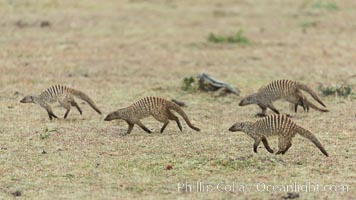
Banded mongoose, Maasai Mara, Kenya.
Species: Banded mongoose, Mungos mungo
Location: Olare Orok Conservancy, Kenya
Image ID: 29995
Species: Banded mongoose, Mungos mungo
Location: Olare Orok Conservancy, Kenya
Image ID: 29995
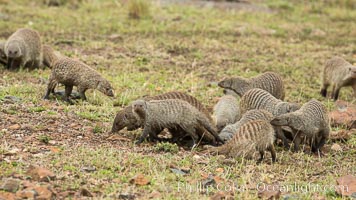
Banded mongoose, Maasai Mara, Kenya.
Species: Banded mongoose, Mungos mungo
Location: Maasai Mara National Reserve, Kenya
Image ID: 29846
Species: Banded mongoose, Mungos mungo
Location: Maasai Mara National Reserve, Kenya
Image ID: 29846
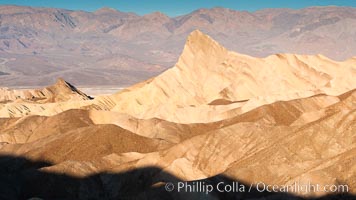
Zabriskie Point, sunrise. Manly Beacon rises in the center of an eroded, curiously banded area of sedimentary rock, with the Panamint Mountains visible in the distance.
Location: Zabriskie Point, Death Valley National Park, California
Image ID: 15575
Location: Zabriskie Point, Death Valley National Park, California
Image ID: 15575
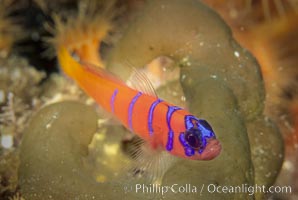
Blue-banded goby, Catalina island.
Species: Bluebanded goby, Lythrypnus dalli
Location: Catalina Island, California
Image ID: 02346
Species: Bluebanded goby, Lythrypnus dalli
Location: Catalina Island, California
Image ID: 02346
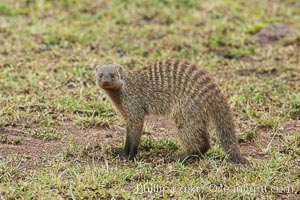
Banded mongoose, Maasai Mara, Kenya.
Species: Banded mongoose, Mungos mungo
Location: Maasai Mara National Reserve, Kenya
Image ID: 29848
Species: Banded mongoose, Mungos mungo
Location: Maasai Mara National Reserve, Kenya
Image ID: 29848
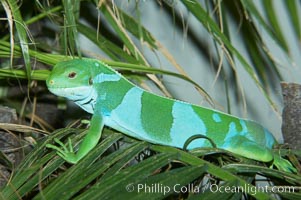
Banded iguana, male. The bands of color on the male of this species change from green to either blue, grey or black, depending on mood. Females are usually solid green, ocassionally with blue spots or a few narrow bands.
Species: Banded iguana, Brachylophus fasciatus
Image ID: 12611
Species: Banded iguana, Brachylophus fasciatus
Image ID: 12611
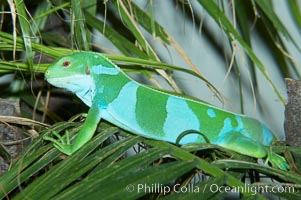
Banded iguana, male. The bands of color on the male of this species change from green to either blue, grey or black, depending on mood. Females are usually solid green, ocassionally with blue spots or a few narrow bands.
Species: Banded iguana, Brachylophus fasciatus
Image ID: 12613
Species: Banded iguana, Brachylophus fasciatus
Image ID: 12613
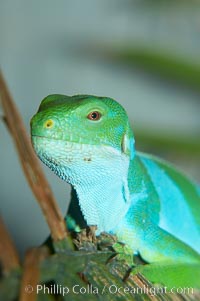
Banded iguana, male. The bands of color on the male of this species change from green to either blue, grey or black, depending on mood. Females are usually solid green, ocassionally with blue spots or a few narrow bands.
Species: Banded iguana, Brachylophus fasciatus
Image ID: 12614
Species: Banded iguana, Brachylophus fasciatus
Image ID: 12614
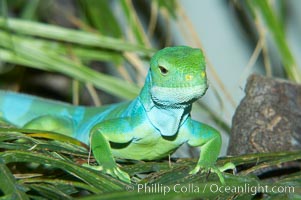
Banded iguana, male. The bands of color on the male of this species change from green to either blue, grey or black, depending on mood. Females are usually solid green, ocassionally with blue spots or a few narrow bands.
Species: Banded iguana, Brachylophus fasciatus
Image ID: 12620
Species: Banded iguana, Brachylophus fasciatus
Image ID: 12620
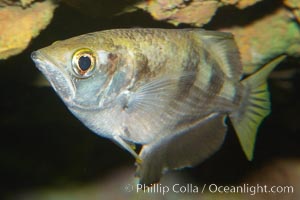
Banded archerfish. The banded archerfish is known for its ability to shoot down resting insects by spitting a jet of water. Large archerfishes can hit a target 2-3m away. Archerfishes have adaptations to the mouth which enable spitting. When a banded archerfish shoots a jet of water, it raises its tongue against the roof of the mouth forming a tube. The gill covers quickly close forcing water along the tube. This species mostly lives in mangrove and estuarine habitats throughout much of the Indo-Pacific.
Species: Banded archerfish, Toxotes jaculatrix
Image ID: 12902
Species: Banded archerfish, Toxotes jaculatrix
Image ID: 12902
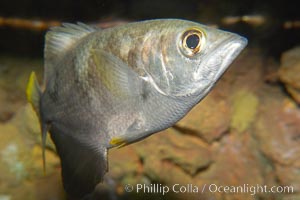
Banded archerfish. The banded archerfish is known for its ability to shoot down resting insects by spitting a jet of water. Large archerfishes can hit a target 2-3m away. Archerfishes have adaptations to the mouth which enable spitting. When a banded archerfish shoots a jet of water, it raises its tongue against the roof of the mouth forming a tube. The gill covers quickly close forcing water along the tube. This species mostly lives in mangrove and estuarine habitats throughout much of the Indo-Pacific.
Species: Banded archerfish, Toxotes jaculatrix
Image ID: 12903
Species: Banded archerfish, Toxotes jaculatrix
Image ID: 12903
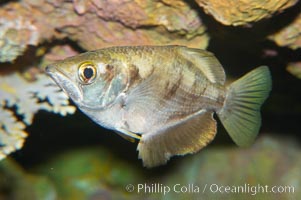
Banded archerfish. The banded archerfish is known for its ability to shoot down resting insects by spitting a jet of water. Large archerfishes can hit a target 2-3m away. Archerfishes have adaptations to the mouth which enable spitting. When a banded archerfish shoots a jet of water, it raises its tongue against the roof of the mouth forming a tube. The gill covers quickly close forcing water along the tube. This species mostly lives in mangrove and estuarine habitats throughout much of the Indo-Pacific.
Species: Banded archerfish, Toxotes jaculatrix
Image ID: 12904
Species: Banded archerfish, Toxotes jaculatrix
Image ID: 12904
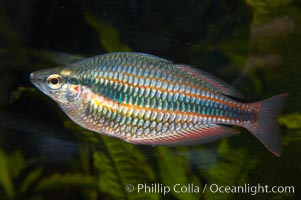
Banded rainbowfish. The banded rainbowfish, from the Goyder River in Australias Northwest Territory, is evolving into a separate species (from other rainbowfishes), has assumed a narrow range and has developed a unique coloration.
Species: Banded rainbowfish, Melanotaenia trifasciata
Image ID: 13964
Species: Banded rainbowfish, Melanotaenia trifasciata
Image ID: 13964
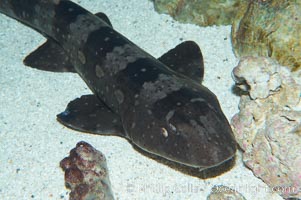
Whitespotted bamboo shark.
Species: Whitespotted bamboo shark, Chiloscyllium plagiosum
Image ID: 14962
Species: Whitespotted bamboo shark, Chiloscyllium plagiosum
Image ID: 14962
